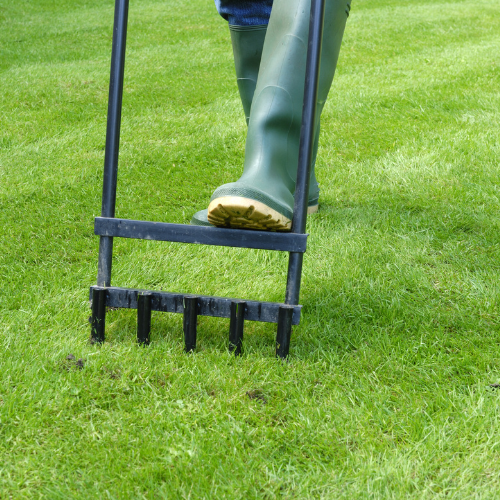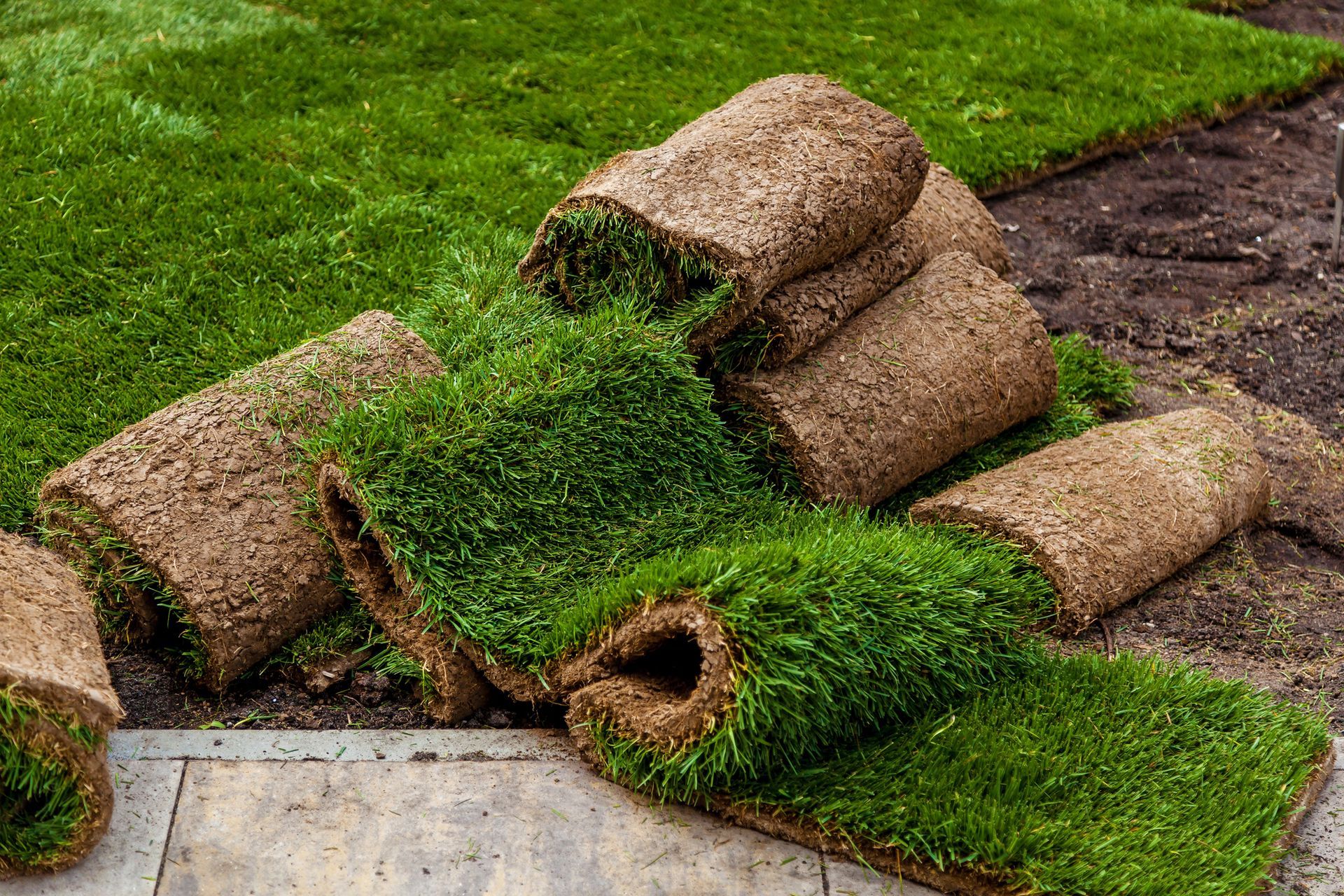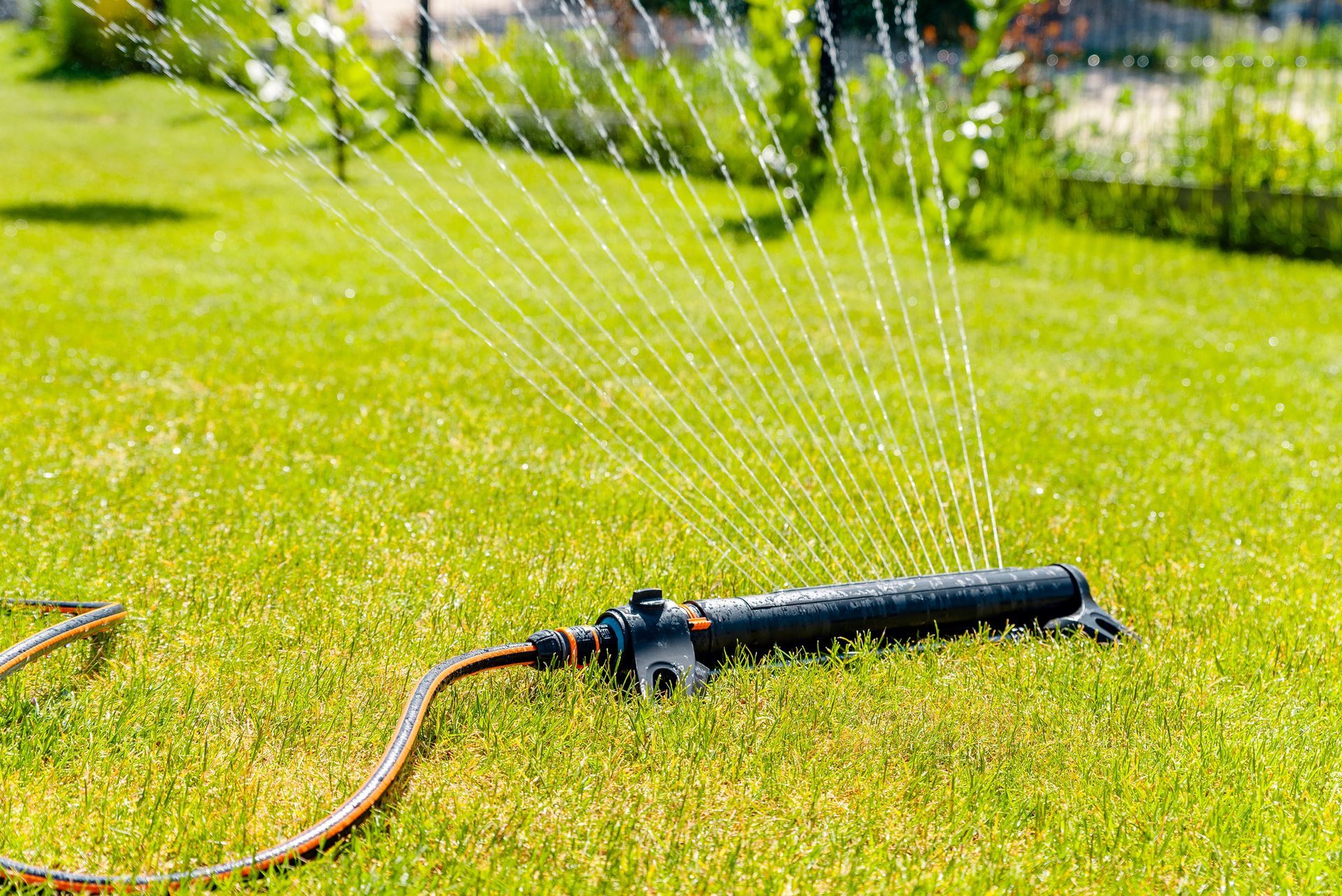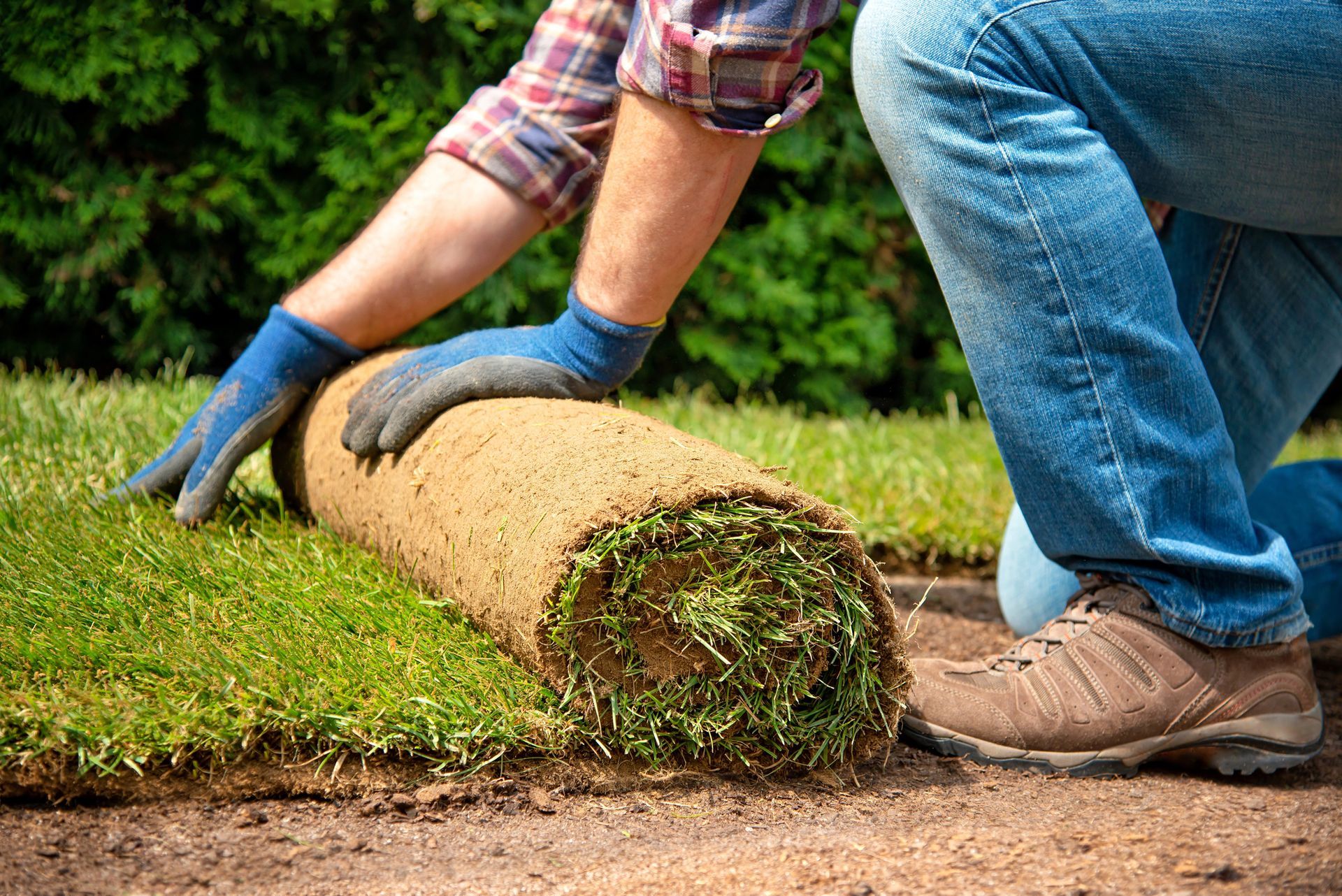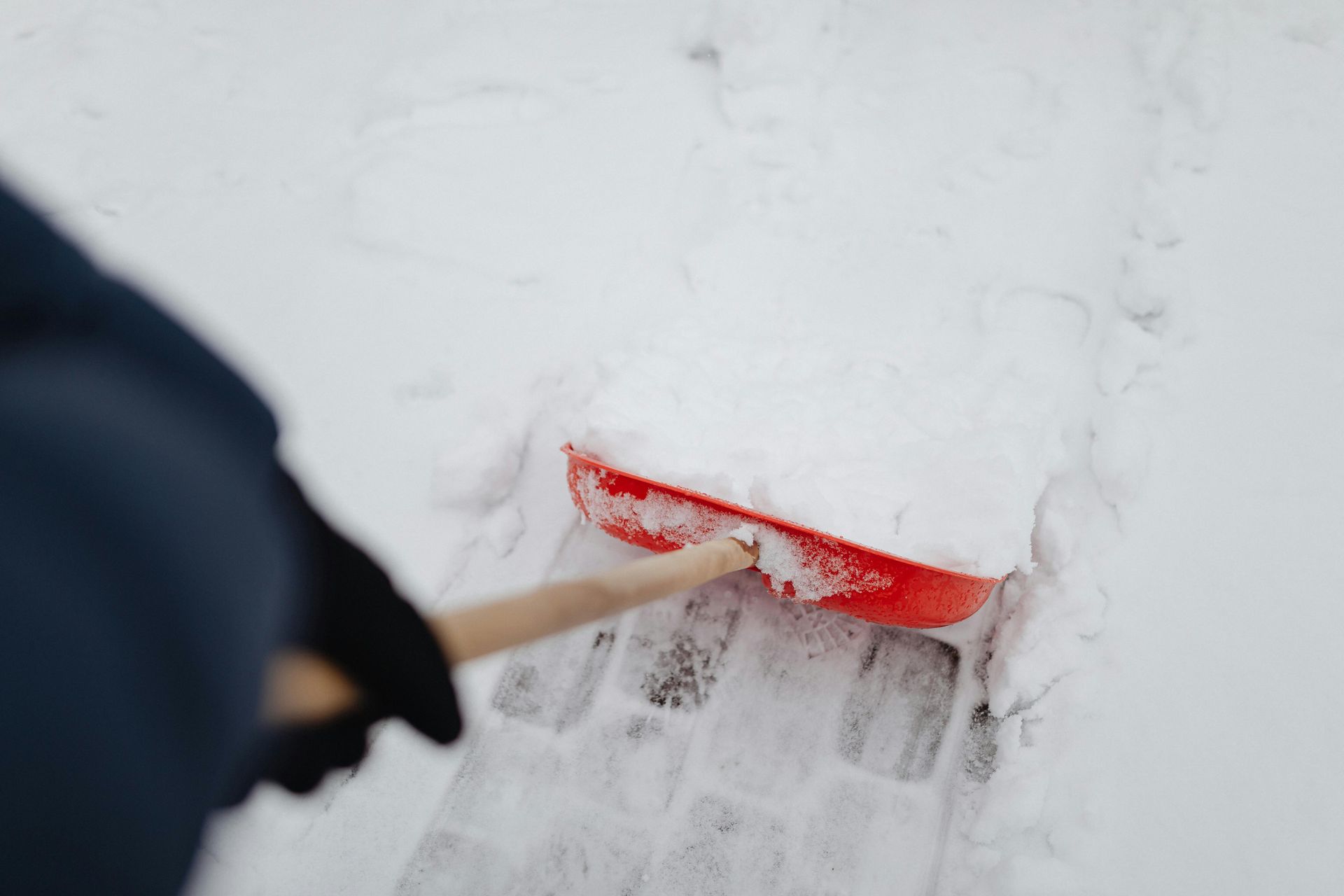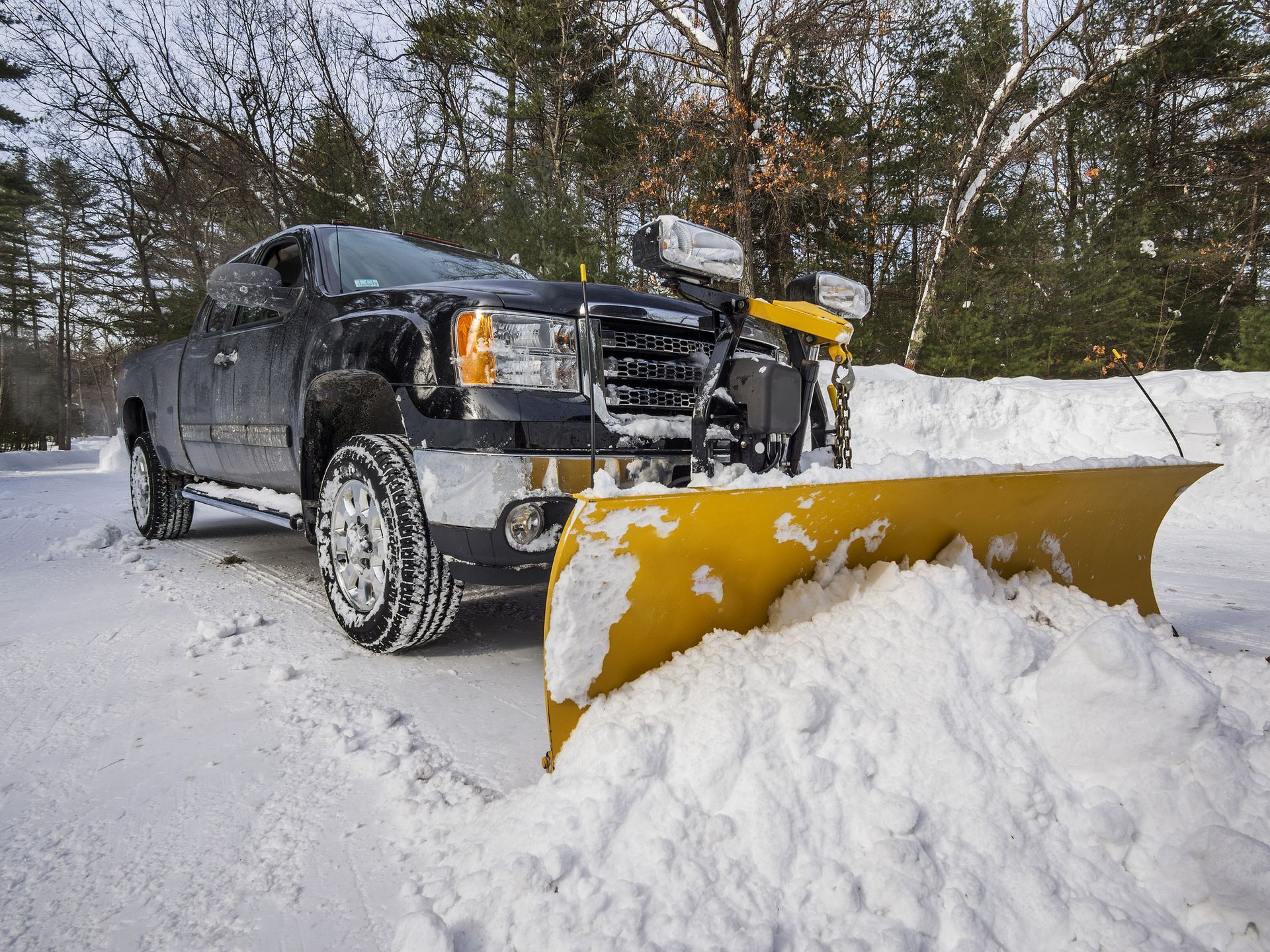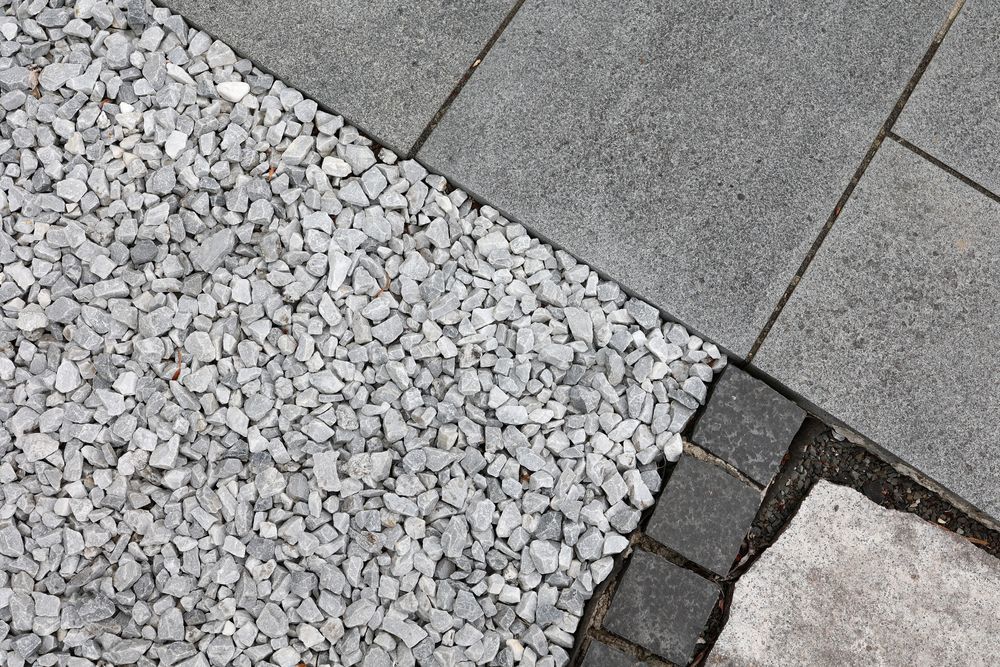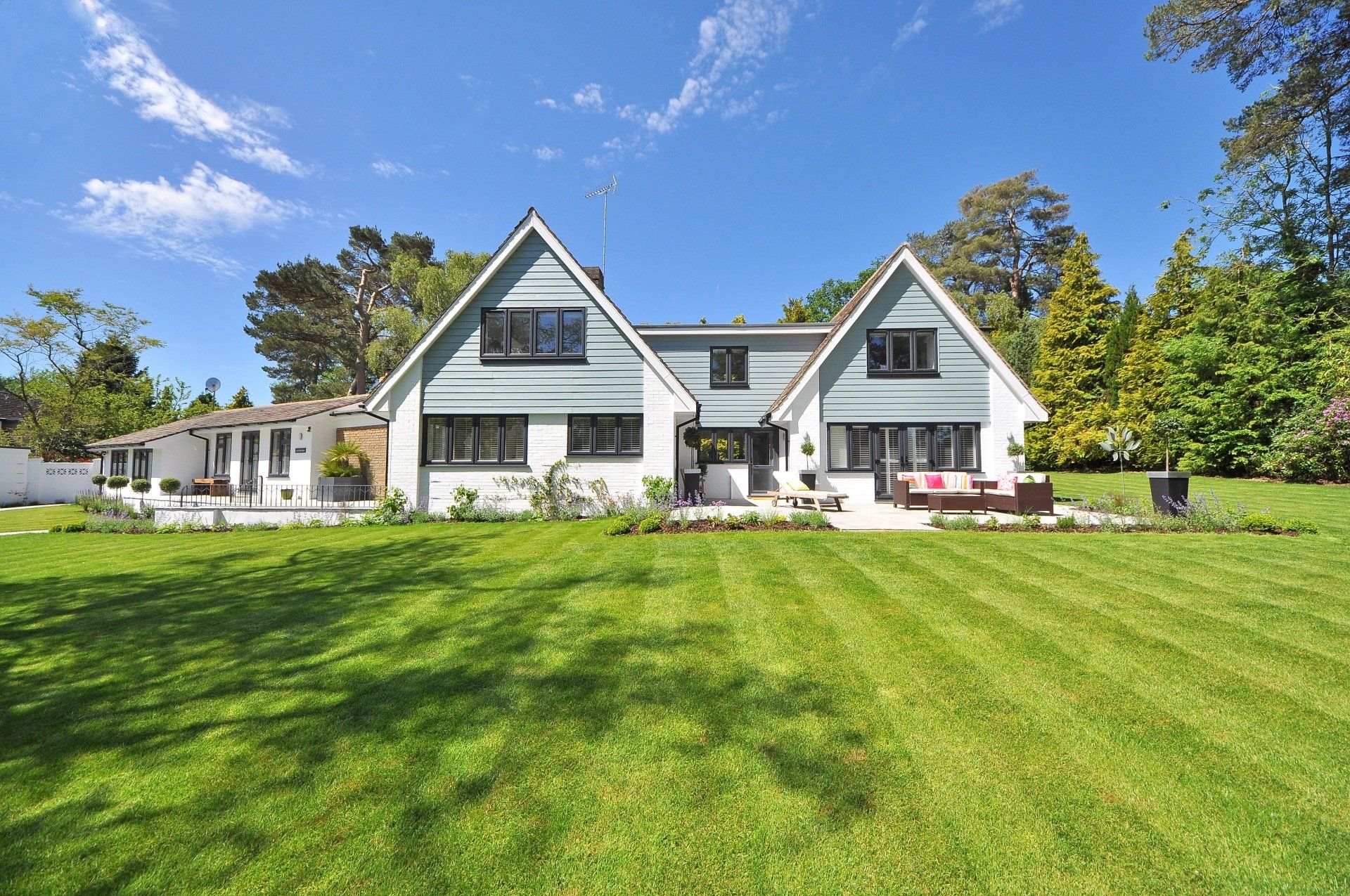Sod vs Seed: Which is the Best Option for Your Calgary Lawn?
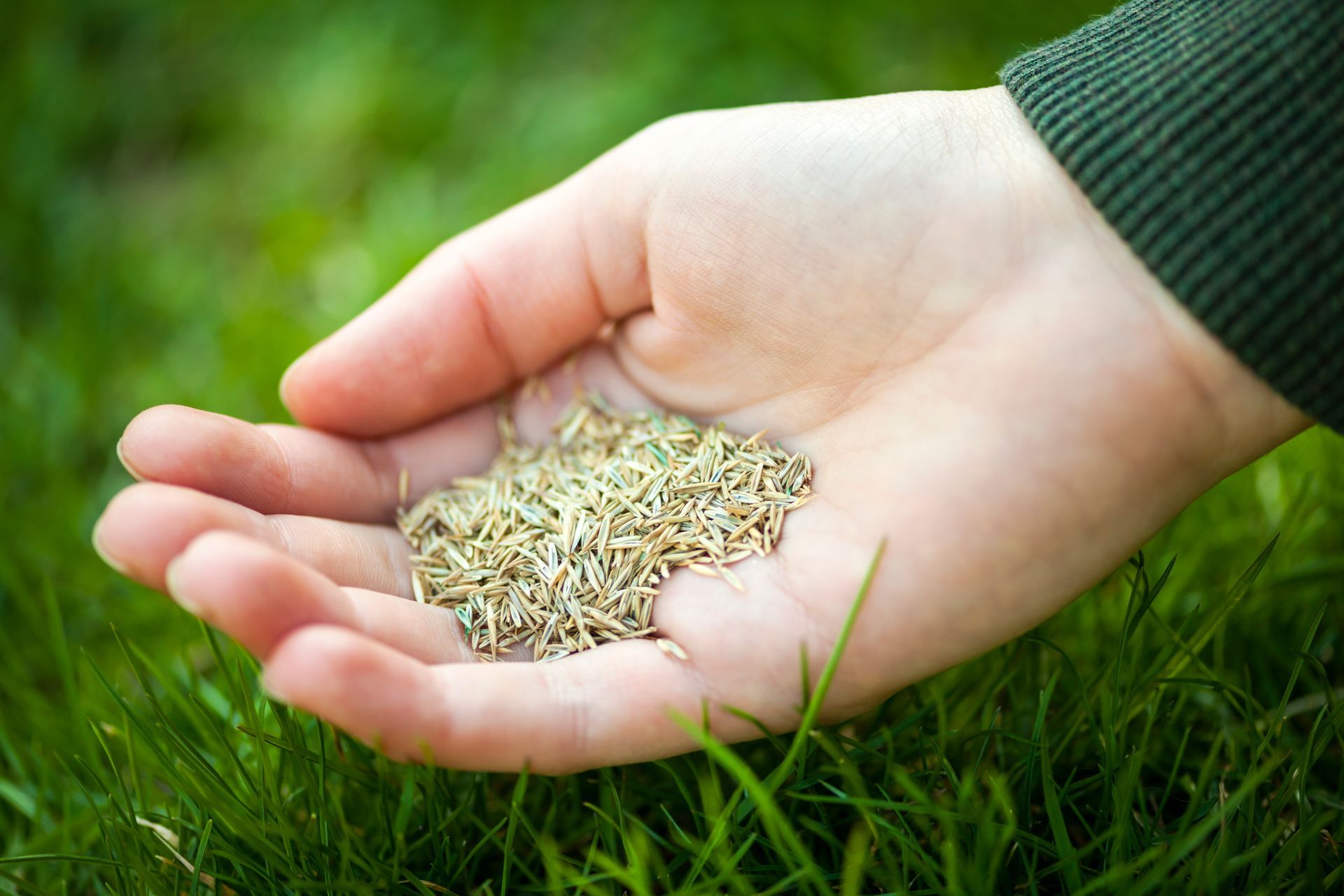
When you create a lawn you’re proud of, you reap benefits beyond enjoying a beautiful yard. A lush, healthy lawn can boost curb appeal, fight allergies by providing thick healthy grass that leaves little room for weeds, enhance air quality by trapping dust and pollen, buffer the sun’s heating effects to keep your home cooler and electricity bill lower, and lastly, a well-manicured lawn gives you somewhere to kick back, relax, and have fun.
Keep reading to learn everything you need about sod vs seed and which is best for your Calgary lawn.
Understanding the Difference Between Sod and Seed
The biggest difference between sodding and seeding your lawn is how long it takes to develop. Sodding is quicker because all you’re doing is transplanting mature grass. Seeding builds grass from scratch.
Advantages of sodding a lawn:
- Instant results and gratification
- Immediate establishment
- Relatively weed-free
- Can be done anytime during the growing season
- Instant accessibility to the area
Disadvantages of sodding a lawn:
- Sod costs more than seed
- Less variety and control over grass types
Advantages of seeding a lawn:
- More grass varieties to choose from
- Cheaper than sodding
- Deeper root system
Disadvantages of seeding a lawn:
- Longer establishment period
- Potential for uneven growth
- Moisture is critical for young seedlings
Factors to Consider When Choosing Between Sod and Seed
Sod gives you a mature lawn right from the start. Despite being slightly more expensive, it’s the quickest way to a lush, healthy lawn. While sowing seeds is more affordable, it takes more time, dedication, and work. It can also take up to three years before a seeded lawn reaches sod density and maturity.
Tips for Successful Sod Installation
Preparing your soil alongside proper watering and maintenance will give you the most successful results. Here’s a quick guide for preparing your soil:
- Clean up the site: Remove rocks, stones, sticks, and other debris
- Give the Area a Rough Grade: Slope away from buildings and fill in low spots
- Till The Soil: If you’re not adding topsoil, till 4-6” deep; otherwise, go 2” deep to loosen compacted areas
- Test The Soil pH: pH testing lets you know if you need to add lime or wood ash to balance the pH
- Give the Site its Final Grade: Grade to approximately ¾” to 1” below sidewalks, patios, and driveways
- Apply Fertilizer: Use a root starter fertilizer raked into the top 2”
- Roll The Surface: Rolling the soil removes the softness to ensure no low spots. Wet it down to further settle the soil
Proper Watering and Maintenance
Sod requires water immediately after installation. Apply enough to wet at least 2” under the sod. Keep sod wet throughout the day but not soaked. Avoid watering in the evening — this lessens the chance of fungus and disease.
Sod typically establishes its roots within 14 days. From then, water regularly for the remainder of the month to ensure strong root attachment.
Tips for Successful Seed Planting and Growth
Successful planting and growth begin with removing weeds and preparing the soil:
- Test your pH level: pH testing tells you whether to add lime or wood ash to balance the acidity (depending on the seed you choose)
- Till the area: Use a tiller on the top 6” to break apart compacted areas and augment the soil with oxygen
- Remove debris, sticks, and old grass: Not removing old grass can poison new grass seed roots and debris and sticks can interfere with growth
- Add nutrients and organic matter: Use your tiller to add compost or a slow-release fertilizer
- Ensure proper grade: Slope away from buildings and fill in low spots to avoid puddling
- Settle the soil: Use a roller or apply water to pack the ground lightly
Choosing the Right Type of Seed
Your choice of grass seed depends on many factors, including soil pH, region, geography, season, and how much work you're willing to put in to maintain it. Since different varieties require unique growing conditions, watering schedules, locations, and more, research which requirements apply to your lawn before choosing your seed.
Proper Watering and Maintenance
Your watering schedule depends on the type of seed you plant, but in general, even, consistent, and gentle watering is best for newly planted grass seed. If the watering is too sporadic, seeds may not germinate evenly. If too heavy, seeds may dislodge from the ground and wash away. A sprinkler provides an even soaking in the absence of rain.
When in Doubt, Call on Scott’s Sod — Your Calgary Lawn Expert
Scott’s Sod is your go-to solution for all residential and commercial sodding needs.
From helping you evaluate your lawn and making an informed decision to providing fresh-cut sod pallets and soil deliveries, site preparation, soil analysis, turf selection, and installing your new lawn, the grass is always greener with Scott’s Sod.
